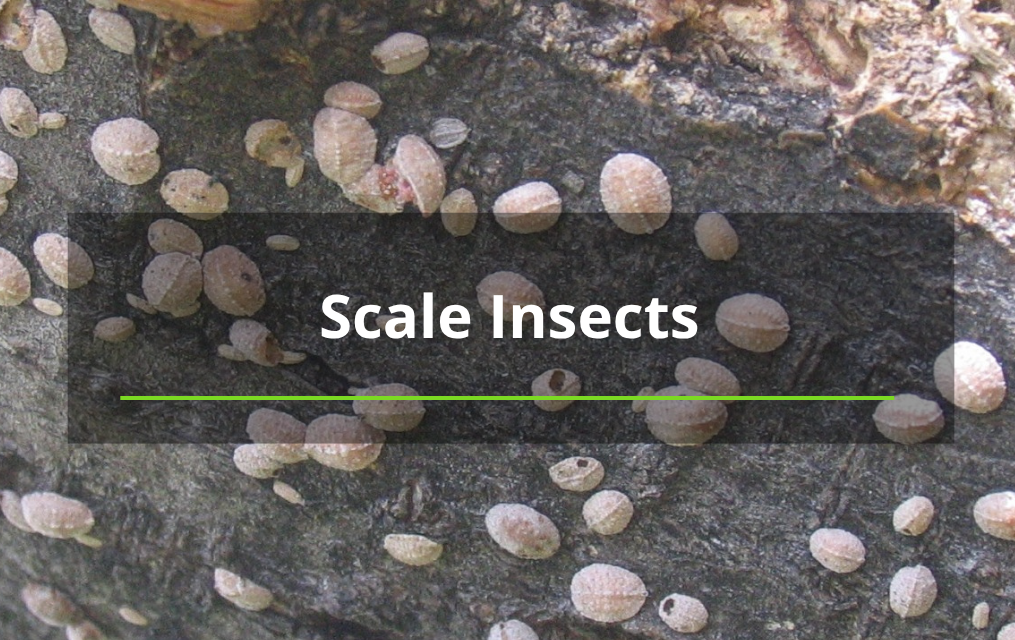Pinyon Needle Scale

Tree Bug of the Month: Pinyon Needle Scale
Drought stressed pinyon pines are sitting ducks for pinyon needle scale insects, which can damage an already drought-stressed tree significantly. The scale insects are easily seen as tiny black bumps on the needles near the branch tips (pictured above to the left). Heavily infested trees will have very bare branches with only tufts of needles at the tips. In fall, the males fly down and hide at the ground surface and overwinter there, while the females stay in the little black shells until mating in late winter.
The eggs are laid in late winter. They are protected by white, waxy filaments (pictured above to the right) that wraps around them like cotton candy. The eggs hatch in early spring, the young crawl out to the branch tips and settle down on a needle, and the cycle repeats.
Controlling them starts with improving the trees’ water status. Trees getting sufficient and appropriate irrigation make enough energy to afford to make defensive chemicals in the needles. Next, plan on removing as much egg mass as practical before the eggs hatch in early spring. Fewer eggs means fewer adults later in the season. Finally consider treating the trees with horticultural oils or systemic insecticides at the right time. We can help you assess your pinyon’s health and offer services to address all the control touchpoints.
Contact us to find out why we are considered the best tree service in Albuquerque.













